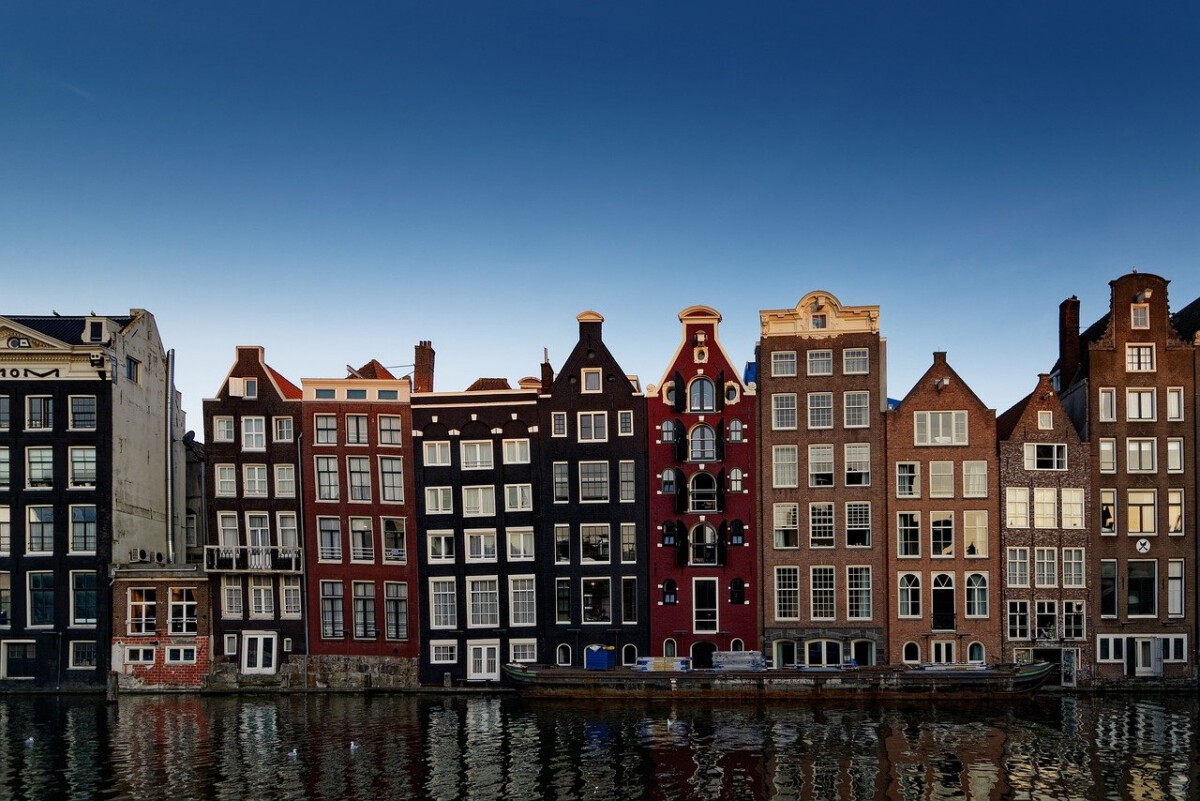The Fateful Night: October 8, 1871

On the night of October 8, 1871, a small spark in a barn owned by the O’Leary family in Chicago ignited a blaze that would go down in history as the deadliest fire in American history. It was a dry and windy night, conditions that were perfect for a fire to spread uncontrollably. The fire raged for two days, consuming everything in its path. Hundreds of buildings turned to ash, and the city was left in ruins. It wasn’t just the flames that were deadly, but the chaos that ensued as people frantically tried to escape. The fire claimed the lives of an estimated 300 people, though the exact number remains uncertain. The destruction was not just physical but emotional, as families were torn apart and lives were forever changed.
The Myth of Mrs. O’Leary’s Cow

A popular myth blames Mrs. O’Leary’s cow for kicking over a lantern and starting the fire. This story, though catchy, is more fiction than fact. In reality, the cause of the fire has never been definitively determined. The tale of the cow was likely fabricated by reporters looking for a sensational story. Mrs. O’Leary herself was cleared of any wrongdoing, but the myth persisted, casting a long shadow over her family’s name. The real causes were likely a combination of human error and poor infrastructure. The city was mostly made of wood, and fire safety standards were nearly non-existent. These factors created a tinderbox waiting for a spark.
The Scale of Destruction

The Great Chicago Fire was not just a local disaster but a national tragedy. It destroyed over 17,000 buildings, leaving 100,000 people homeless. The financial toll was staggering, with damages estimated at $200 million, equivalent to billions today. The fire’s aftermath revealed the vulnerabilities in urban planning and fire safety. Streets were narrow, making it difficult for fire wagons to navigate, and water pressure was low, hampering firefighting efforts. The city’s infrastructure was simply not equipped to handle a disaster of this magnitude. It was a wake-up call for cities across America to reevaluate their safety measures and urban planning.
Resilience and Rebuilding

Despite the devastation, Chicago rose from the ashes like a phoenix. The city’s rebuilding efforts were swift and determined. Within weeks, temporary wooden structures sprang up to house businesses and residents. The reconstruction was guided by improved building codes and fire safety regulations to prevent a similar catastrophe. Architects and planners saw an opportunity to redesign the city with wider streets and more robust infrastructure. The new Chicago became a symbol of resilience and innovation, attracting investors and new residents. The fire, while tragic, set the stage for Chicago’s transformation into a modern metropolis.
Lessons Learned and Changes Implemented

The fire taught America valuable lessons about urban safety and planning. Cities across the nation began to implement stricter building codes and fire safety measures. The importance of having a reliable water supply and accessible streets became apparent. Fire departments were expanded and better equipped to handle emergencies. These changes were not just reactive but proactive, aiming to prevent future disasters. The lessons learned from the Great Chicago Fire influenced city planning and safety standards for generations to come. It was a turning point in American history, highlighting the need for progress and preparedness.
Cultural Impact and Legacy

The Great Chicago Fire left a lasting cultural impact, inspiring stories, songs, and even a popular board game. It became a symbol of both tragedy and triumph, illustrating the resilience of the human spirit. The fire is commemorated annually with events and exhibitions, keeping its memory alive. It serves as a reminder of the importance of community and solidarity in the face of adversity. The legacy of the fire is not just in the physical rebuilding of Chicago but in the spirit of its people. It taught the world that from great loss can come great strength and unity.
What Really Happened: Investigations and Theories

Over the years, numerous investigations and theories have attempted to uncover the true cause of the fire. Some suggest that a meteor shower may have ignited the blaze, while others point to human negligence. Despite extensive research, the mystery remains unsolved. The lack of concrete evidence has fueled speculation and debate. What is clear, however, is that a combination of factors contributed to the fire’s spread. The dry conditions, strong winds, and flammable materials created a perfect storm. The unanswered questions add an element of intrigue to an already fascinating historical event.
The Role of the Media

The media played a significant role in shaping the narrative of the Great Chicago Fire. Sensational stories and headlines captured the public’s attention, sometimes at the expense of accuracy. The tale of Mrs. O’Leary’s cow is a prime example of how the media can perpetuate myths. However, the coverage also brought national attention to the tragedy, prompting an outpouring of support and aid. Newspapers and magazines documented the fire’s destruction and the city’s rebuilding efforts. The media’s influence was both a blessing and a curse, highlighting the power of storytelling in shaping public perception.
Personal Stories of Survival

Amidst the chaos and destruction, countless personal stories of survival emerged. Families were separated, homes were lost, but the human spirit endured. People showed incredible bravery and resilience, helping neighbors and strangers alike. These stories provide a human face to the tragedy, reminding us that history is not just about events but about people. Survivor accounts offer valuable insights into the experience of living through such a disaster. They highlight the importance of community and compassion in times of crisis. The personal narratives add depth and emotion to the historical record, making it more relatable and impactful.
A City Transformed: Chicago Today

Today, Chicago stands as a testament to resilience and renewal. The city has transformed from its ashes into a vibrant cultural and economic hub. Its skyline is a marvel of modern architecture, a far cry from the wooden structures of the past. The lessons learned from the fire have shaped Chicago’s identity, influencing its growth and development. The city is a living monument to the power of rebuilding and reinvention. Chicago’s story is one of overcoming adversity and embracing change. It serves as an inspiration to cities and people everywhere, proving that even the greatest challenges can lead to new beginnings.




